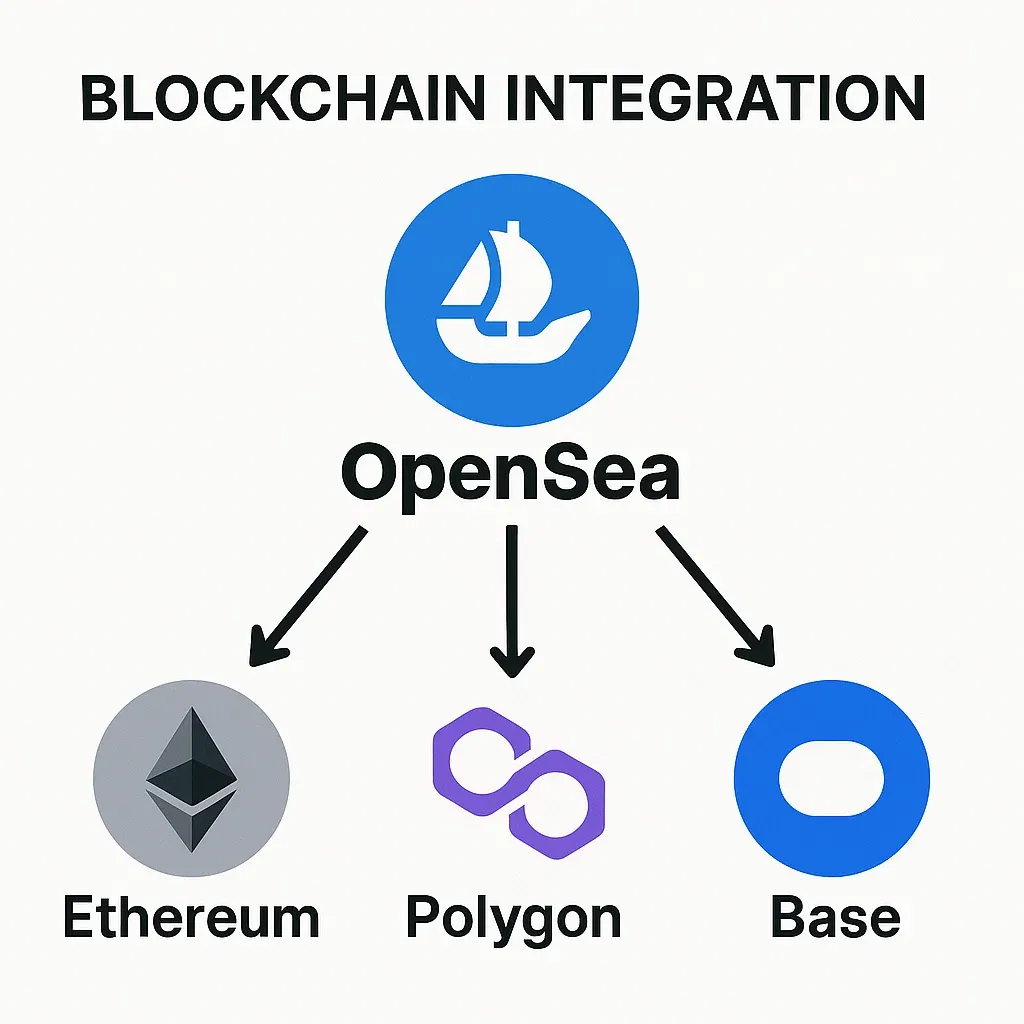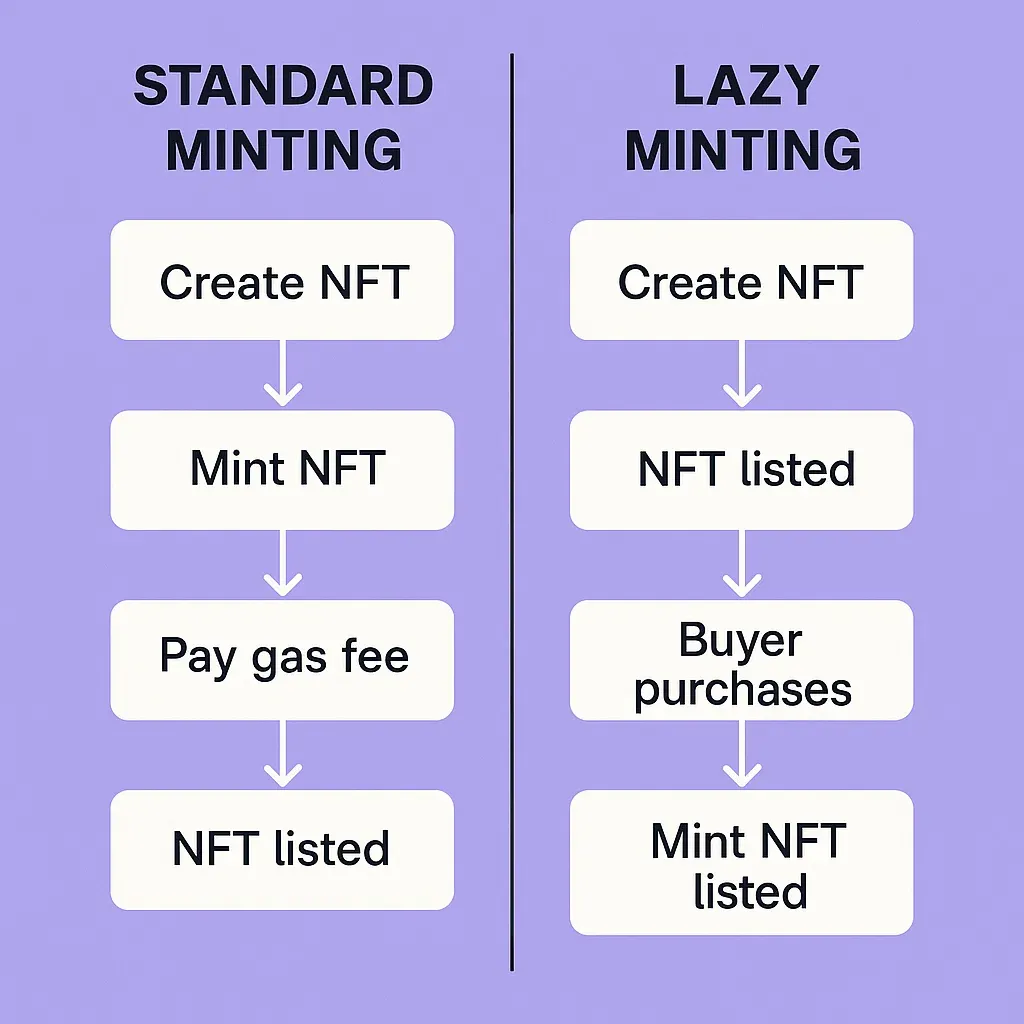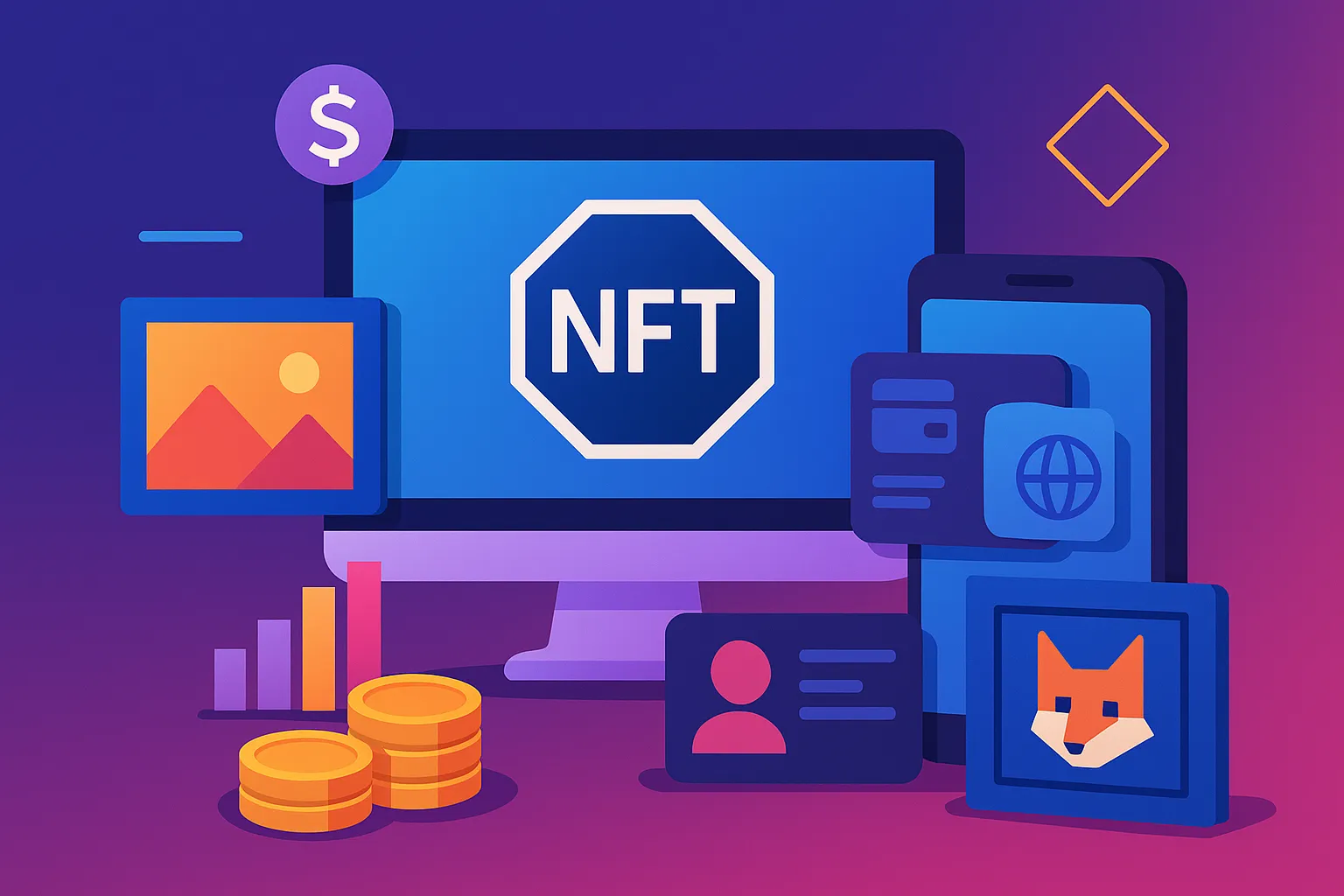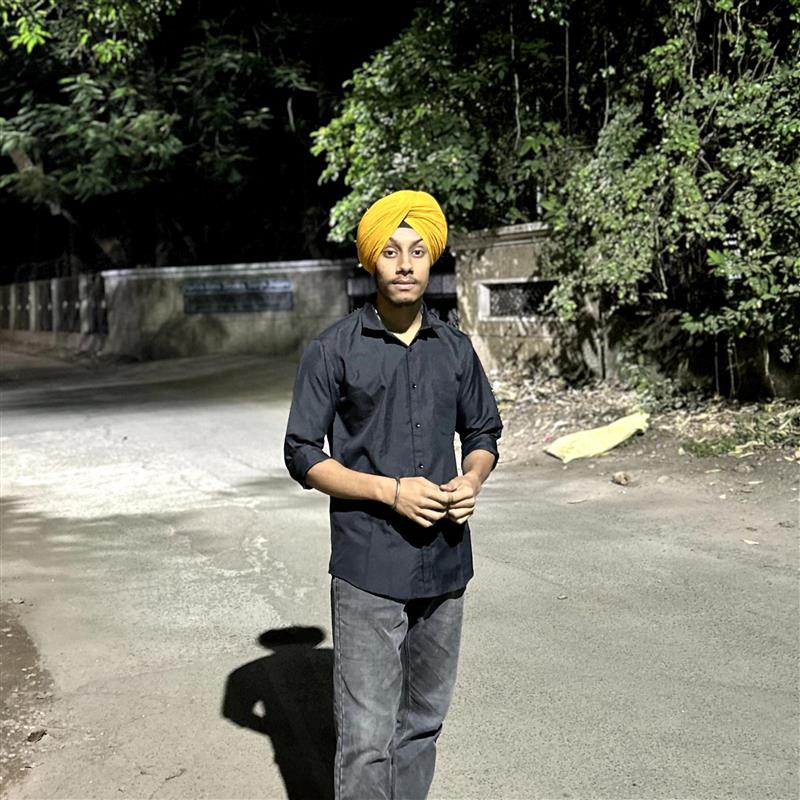A few years ago, NFTs were just geeky talk in Reddit threads and crypto Discords. Now? They’re digital gold. Whether it’s a Bored Ape, a digital sneaker, or a virtual real estate deed on the metaverse, someone’s buying it — and chances are, they’re doing it on OpenSea.
If you’re a creator, startup founder, or digital entrepreneur eyeing the NFT space, you’ve probably thought: Can I build something like OpenSea? Or at the very least, what exactly makes it tick? You’re not alone. Behind all the buzz, there’s some serious platform magic at work.
In this blog, we’re breaking down OpenSea’s features — the real ones that make users come back and traders stick around. We’ll sprinkle in a few insights, add a dash of strategy, and yes, give you the lowdown on how Miracuves helps you build your own NFT marketplace without starting from scratch.
Read more: How to Build an App Like OpenSea – A Full-Stack Developer’s Inside Guide
What Is OpenSea and Why Should You Care?
OpenSea is the Amazon of digital collectibles. It’s the world’s largest peer-to-peer NFT marketplace, allowing anyone to mint, buy, sell, and trade non-fungible tokens. Think of it as Etsy meets eBay, but with blockchain under the hood and JPEGs that (sometimes) cost more than your car.
From in-game assets to crypto art and music albums, OpenSea supports it all — and lets creators earn royalties forever. That’s why artists, gamers, metaverse explorers, and flippers alike are obsessed with it.
But beyond the hype, what truly makes OpenSea function like a well-oiled crypto machine?
Core Features That Power the OpenSea Experience
1. Multi-Chain Compatibility
OpenSea didn’t stick to one blockchain. It supports Ethereum, Polygon, and now Base, optimizing for both scale and affordability.
- Ethereum: The OG. Most high-value NFTs still live here.
- Polygon: Offers faster, low-fee transactions. Great for gaming assets.
- Base: A fresh entry that’s gaining traction.

This multi-chain support lowers entry barriers for users and reduces gas fees — two huge friction points in NFT adoption.
2. Lazy Minting
OpenSea turned the minting game on its head with lazy minting — letting creators list NFTs without paying upfront gas fees. The token is only minted when someone buys it.
Why it matters? Artists and indie creators can test demand before investing in the chain. It democratizes minting.

3. Robust NFT Search & Filtering
Imagine scrolling through millions of NFTs without filters. You’d rage-quit in 2 minutes.
OpenSea offers powerful filters: price range, collection, recently listed, blockchain, traits (for PFPs), and even auction types. It’s like Amazon for JPEGs — search engine meets NFT explorer.
OpenSea also offers rarity filters and floor price tracking, which flippers love.
4. User Profiles with Wallet Integration
OpenSea doesn’t force registrations. Users simply connect wallets (e.g., MetaMask, Coinbase Wallet), and boom — their profile is ready.
Profiles show:
- Owned and created NFTs
- Liked items
- Activity history
- Follower counts (yep, OpenSea’s low-key social too)
5. Auction & Fixed-Price Listings
Selling an NFT isn’t one-size-fits-all.
OpenSea supports:
- Fixed price: List, wait, and sell.
- Dutch auction: Price decreases over time.
- English auction: Bidders fight it out.
This mix of listing types gives creators flexibility and traders adrenaline.
6. Built-in Analytics & Rankings
Wanna know which collection is trending? Or what the top sellers are flipping?
OpenSea offers:
- Real-time activity feed
- Floor prices and sales volumes
- Collection rankings by 24h/7d/30d volume
It’s half marketplace, half data dashboard — vital for NFT hunters.
7. Creator Royalties Management
One of OpenSea’s most empowering features is royalty enforcement. Creators can set custom royalty percentages — earning revenue on every resale of their work.
It’s like passive income… if your digital asset goes viral.
That said, enforcement isn’t blockchain-native, so there’s some debate here. OpenSea has tried to balance creator rights with buyer flexibility — which leads us to the next feature…
8. Collection Manager & Verified Badges
Artists and project founders can launch full-blown collections with branding, banner images, descriptions, and even links to Discord or Twitter.
Once a project gains traction, OpenSea can verify it with a blue check — adding trust and reducing scams.
Think of this as building a Shopify storefront within the NFT ecosystem.
9. Bulk Listings & Transfers
No one wants to sell NFTs one by one when they own 500 cat pics. OpenSea offers bulk actions for pros — list, transfer, or hide multiple NFTs in one go.
Useful for collectors, gamers, and digital asset managers.
10. Dark Mode, Mobile Optimization & UX Polish
OpenSea might’ve started clunky, but its UI/UX has evolved big time. It now supports:
- Dark mode (a must for midnight degens)
- Responsive mobile layout
- Smooth transitions, infinite scroll
These “micro” features create macro impact in user retention.
Read more: Best OpenSea Clone Scripts in 2025: Features, Use Cases & Pricing Compared
Bonus Features That Deserve a Shout-Out
- Bundle Sales: Sell multiple NFTs in one pack.
- Gas Fee Estimator: Know before you mint.
- Hidden Items Tab: Filter out spam or unwanted transfers.
- Activity Notifications: Get pings for offers, bids, or sales.
Why These Features Matter to You (Yes, You!)
If you’re building an NFT platform, cloning OpenSea isn’t just about copying the interface. You’ve gotta capture the ecosystem dynamics, the creator economy tools, and the UX friction removals that make it thrive.
That’s where Miracuves steps in — we’ve helped founders launch scalable, monetizable OpenSea-like platforms with built-in analytics, wallet support, and even lazy minting. So instead of fumbling with smart contracts and UI kits, you hit the ground running.
Conclusion
OpenSea didn’t become the go-to NFT marketplace by accident. It’s the result of thoughtful features, creator-first tools, and a relentless focus on usability.
As NFTs evolve — from art to real estate and beyond — marketplaces will keep innovating. But those building today have a golden chance to ride this wave early.
At Miracuves, we help innovators launch high-performance app clones that are fast, scalable, and monetization-ready. Ready to turn your idea into reality? Let’s build together.
FAQs
Q:1 What’s lazy minting, and how does it help creators?
Lazy minting means NFTs are only minted on the blockchain when purchased — so creators don’t pay gas fees upfront. It’s perfect for testing ideas without burning ETH.
Q:2 Which wallets are compatible with OpenSea?
MetaMask, Coinbase Wallet, WalletConnect, and Trust Wallet are among the most popular ones. Users can connect via browser or mobile.
Q:3 Does OpenSea charge a fee?
Yes — OpenSea takes a 2.5% cut on each sale. Creators can add their own royalty fees on top of that.
Q:4 Can you list NFTs in bundles?
Absolutely. You can list a set of NFTs together as a bundle for a single price. It’s great for themed collections or clearing inventory.
Q:5 How does OpenSea rank NFT collections?
Rankings are based on trading volume, floor price, and number of sales. You can view stats for the last 24 hours, 7 days, or 30 days.
Q:6 Is it possible to build my own OpenSea-style marketplace?
Definitely — with the right tech team or a ready-made clone solution. Miracuves offers custom OpenSea clone development tailored for scalability, monetization, and speed to market.
Related Articles:








